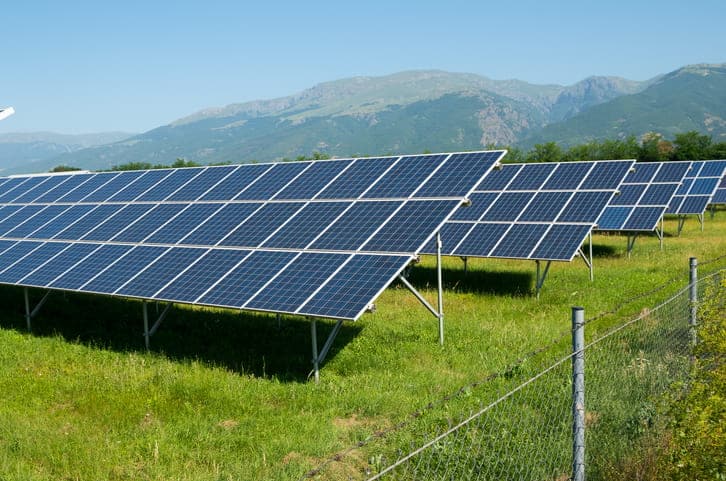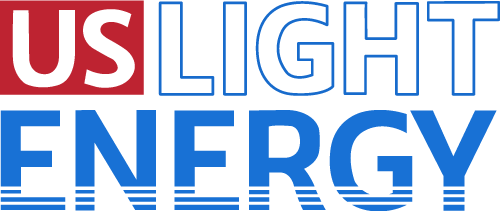
Understanding Solar Farms:
Solar farms, also known as solar power plants or solar arrays, are large-scale installations that capture sunlight and convert it into electricity through the use of photovoltaic (PV) panels. These solar panels generate electricity without emitting greenhouse gasses or the potential for soil or water supply contamination, making them an environmentally friendly alternative to traditional energy sources.
As the world embraces renewable energy sources, solar farms have become a common sight on the horizon, harnessing the power of the sun to generate clean electricity.
Everyone wins with community solar farms. When subscribing to community solar, users accumulate credits towards the balance of their utility accounts, which translates to much lower bills. Just as important, solar energy helps support the environment by moving energy consumers away from dependency on limited fossil fuels. While the benefits of solar energy are undeniable, questions arise about the potential impact on the health and well-being of those living in close proximity to these sprawling arrays.
The important takeaway is that solar farms do not pose a danger to your home or your health.
It’s largely a matter of preference when determining a safe distance between a solar farm and your home.
Are Solar Farms Safe in Residential Areas?
Despite the clear environmental advantages of solar energy, questions have been raised regarding potential long term health effects associated with living near solar farms. Some of these concerns include:
Electromagnetic Fields (EMFs): The generation and transmission of electricity involve the creation of electromagnetic fields. However, according to a 2007 review of extremely low frequency (ELF) EMFs conducted by the World Health Organization (WHO), there is no evidence to suggest EMF generated by solar farms pose any health risks. People come in contact with non-ionizing EMFs every day through radio and TV waves, cell phones, and microwave ovens without experiencing any negative health impact. In fact, even those who rely on medical devices such as pacemakers and defibrillators should have no reason for concern—EMF levels outside a solar facility’s fence is less than 1/1000 of the level at which manufacturers test these medical devices for EMF interference
Glare and Reflection: Solar panels are designed to efficiently absorb sunlight, but in some cases the reflective surfaces of solar panels can still cause some glare. Efforts to further reduce this occurrence include anti-reflective coatings and strategic panel placements.
Climate: As solar arrays absorb and convert large amounts of sunlight into electricity, they radiate heat. Large-scale solar farms can raise the local temperature. This phenomenon is known as the “solar heat island effect.” If you are sensitive to heat, you may be more comfortable lengthening the distance between your home and the solar farm.
Noise Levels: While solar farms are generally quieter than traditional power plants, they are not completely silent. Inverter fans and other components (such as tracking mechanisms) may contribute to noise levels, although these are typically within acceptable limits. However the moving components only operate during daylight hours eliminating any audible disturbance when there is no sun.
Determining a Safe Distance:
The land requirements for an ideal solar farm installation involves considering various factors, including the size and capacity of the solar installation, local topography, and specific site characteristics. Here are some key considerations:
Setback Distances: Local zoning laws and regulations establish setback distances that dictate how far solar farms must be from residential areas. These setbacks are often based on factors mentioned above such as noise levels, glare, and potential impacts on property values.
Land Use Planning: Incorporating solar farms into comprehensive land use planning is essential. Well-designed solar farms often incorporate landscaping and buffer zones to address these aesthetic concerns. Proper zoning and land use policies also help ensure that solar farms are located in areas where potential impacts on residents are minimized.
Regulations and zoning laws vary by location, and they often prescribe specific parameters for noise levels, electromagnetic field emissions, setbacks, and visual aesthetics.
US Light Energy Community Solar:
US Light Energy develops community solar farms that are safe, eco-friendly, efficient, and sustainable. Whether you live a few hundred feet or a few miles from a solar farm, community solar is a safe and reliable form of renewable energy. With zero pollution, minimal noise, and freedom from fossil fuels, solar farms are skyrocketing in popularity. When you subscribe to community solar, you’re guaranteed a 10% savings on energy bill credits. Since solar farms are generally located in remote locations, installing solar equipment on your property is unnecessary. With US Light Energy, there’s no subscription fee, long-term contract, or credit check. All you need to get started is an account with a utility company. Contact us today to learn more about how you can subscribe to community solar. US Light Energy is leading the charge for a new generation.
